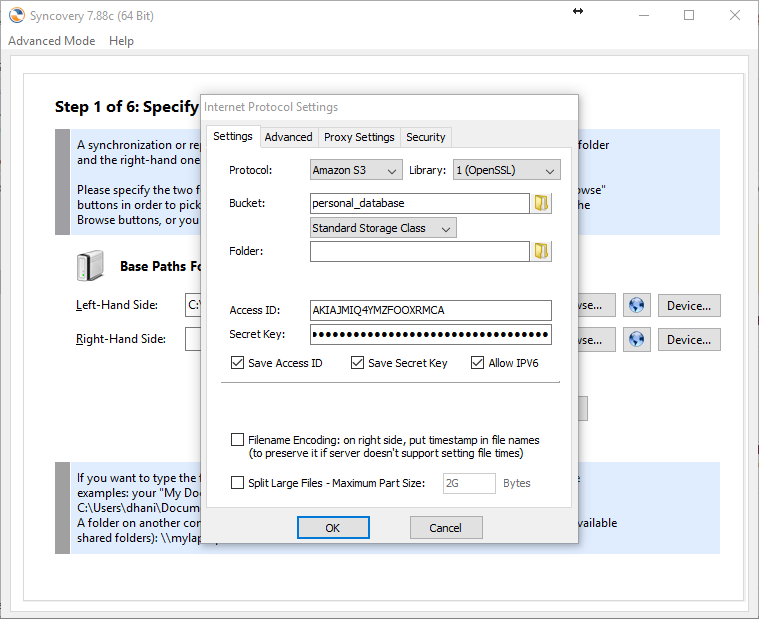

Anything with a drive letter could be at risk. More sophisticated variations that can scan all drives attached to the system, including external and/or network connections, do exist. This allows the ransomware to be fast, encrypting before you notice while still giving it access to your important files (typically also stored on C:). Any other drives - including your backup drive - are ignored. Most current variations of ransomware scan only your system drive. They differ in two important ways: where they look for your files and which files they choose to encrypt. There are hundreds, if not thousands, of different types of ransomware. It’s an entire class of malware that shares a particularly destructive behavior. What we call “ransomware” is not a single thing. Relying on the backups, of course, assumes the backups themselves haven’t been encrypted by the malware. Remove the malware, but live with the loss of whatever files were encrypted. This can make it all a non-issue, but requires that you have backups. Restore the files from a backup: strongly encouraged.Strongly discouraged, as it encourages more attacks. Typically, you’re left with three options:

There’s little chance of somehow cracking the encryption to get your files back. One problem is that most ransomware is pretty good when it comes to encryption. Your files are inaccessible to you until you pay a fee - the ransom - to get the decryption key. Once done, it displays a message indicating your files have been encrypted.

Once it infects your machine, it begins encrypting files it finds there. The best protection is to keep backing up normally and periodically take an additional copy of your backup offline. Most ransomware does not encrypt backups, but the possibility exists.


 0 kommentar(er)
0 kommentar(er)
